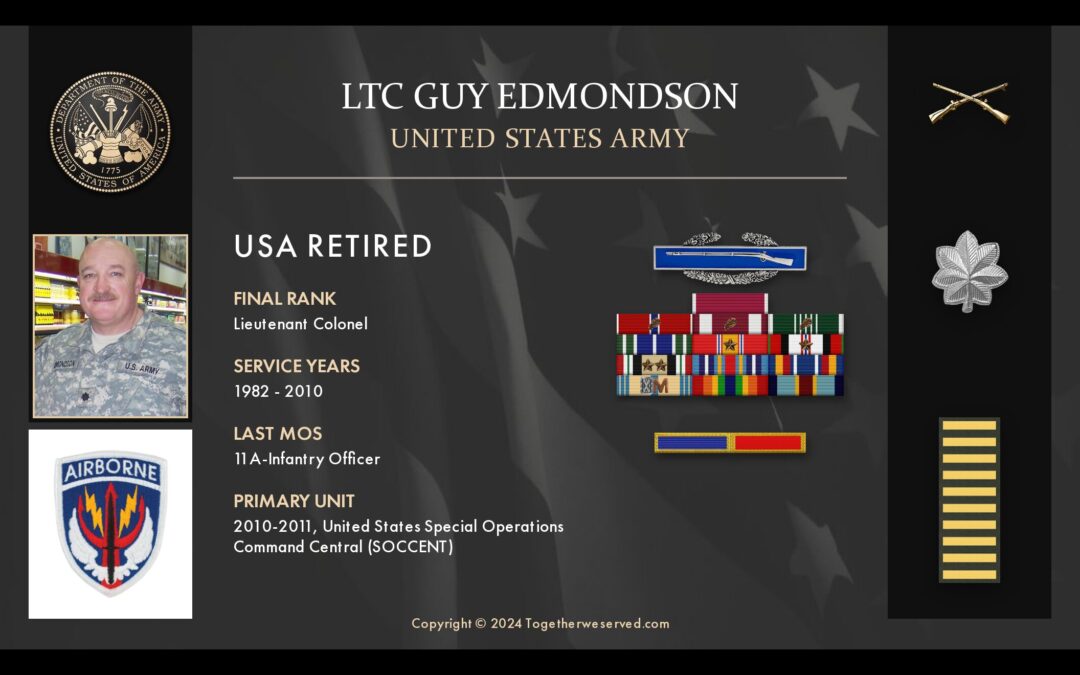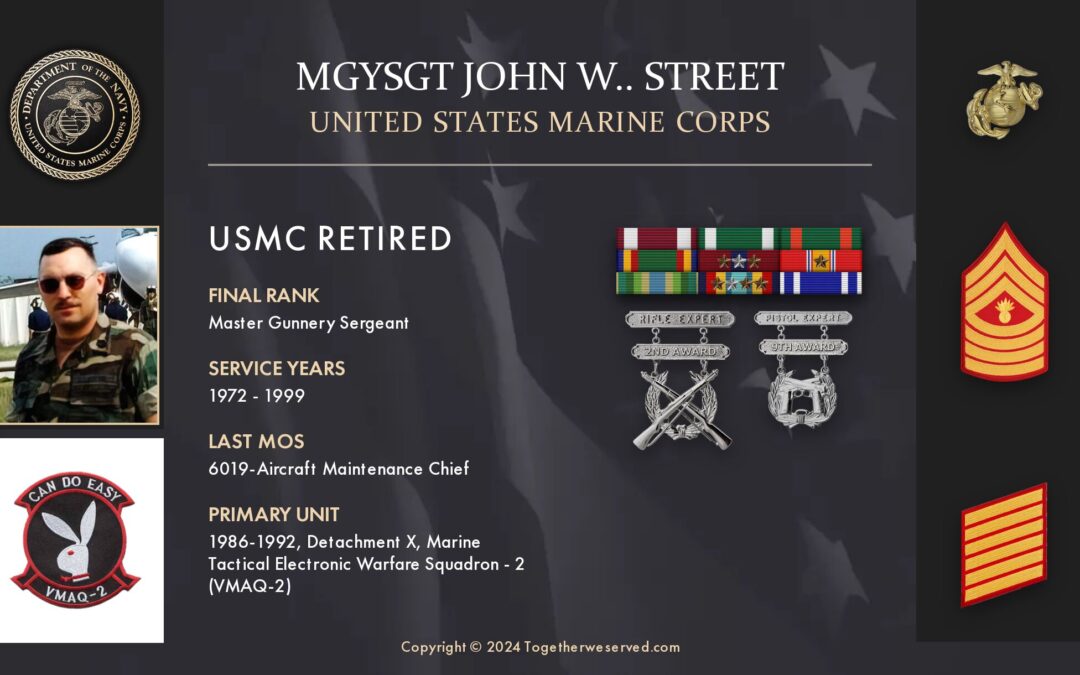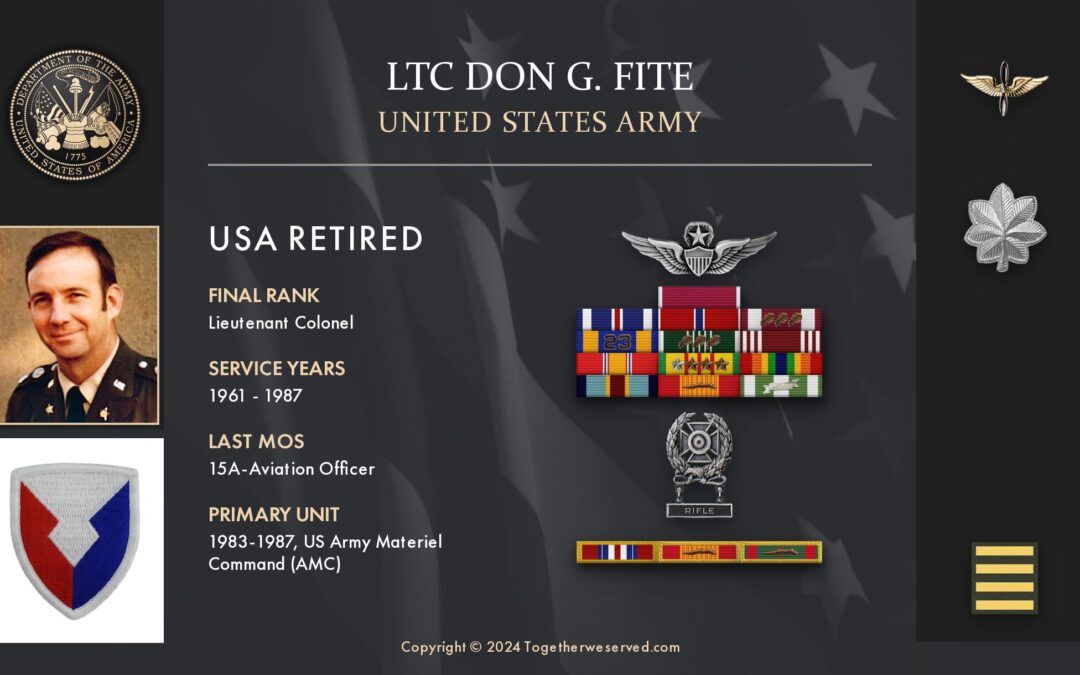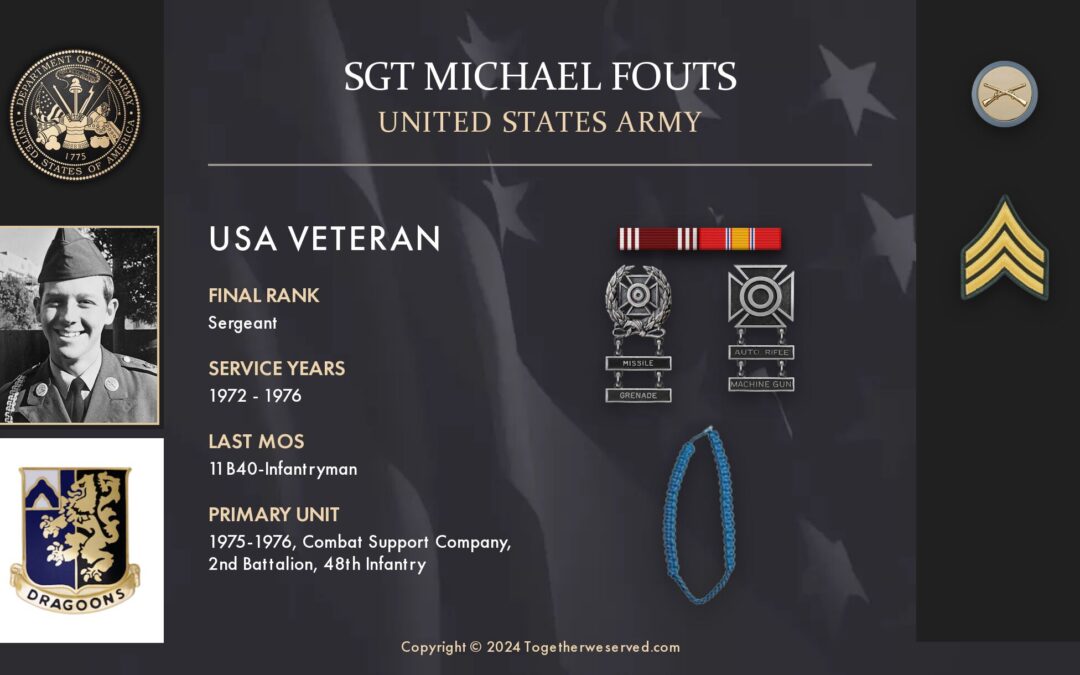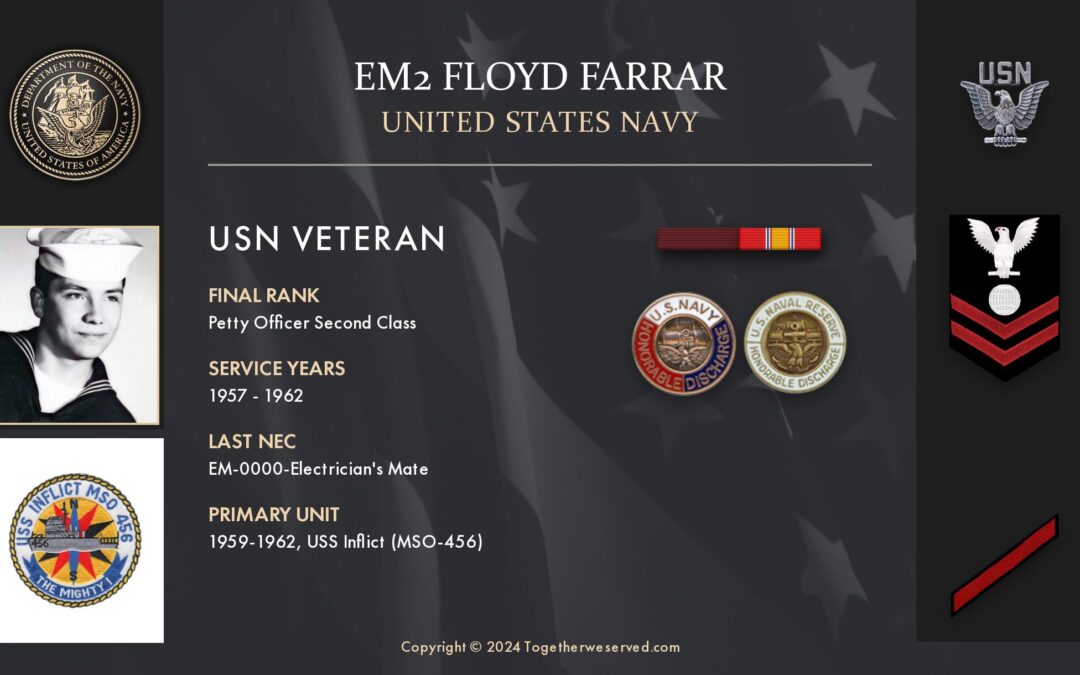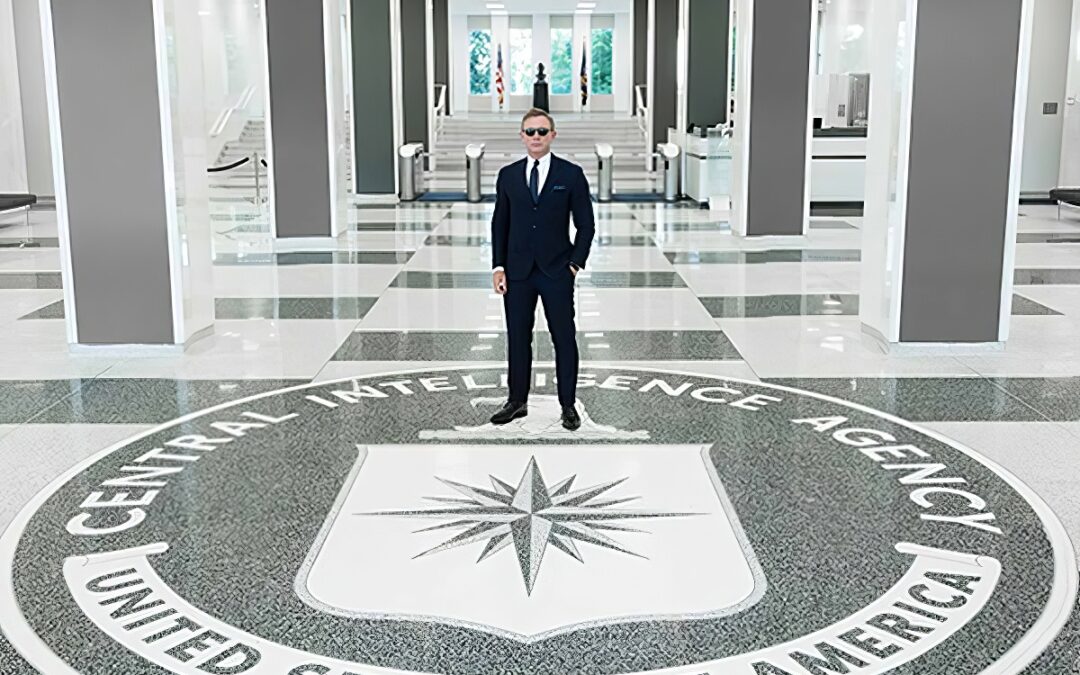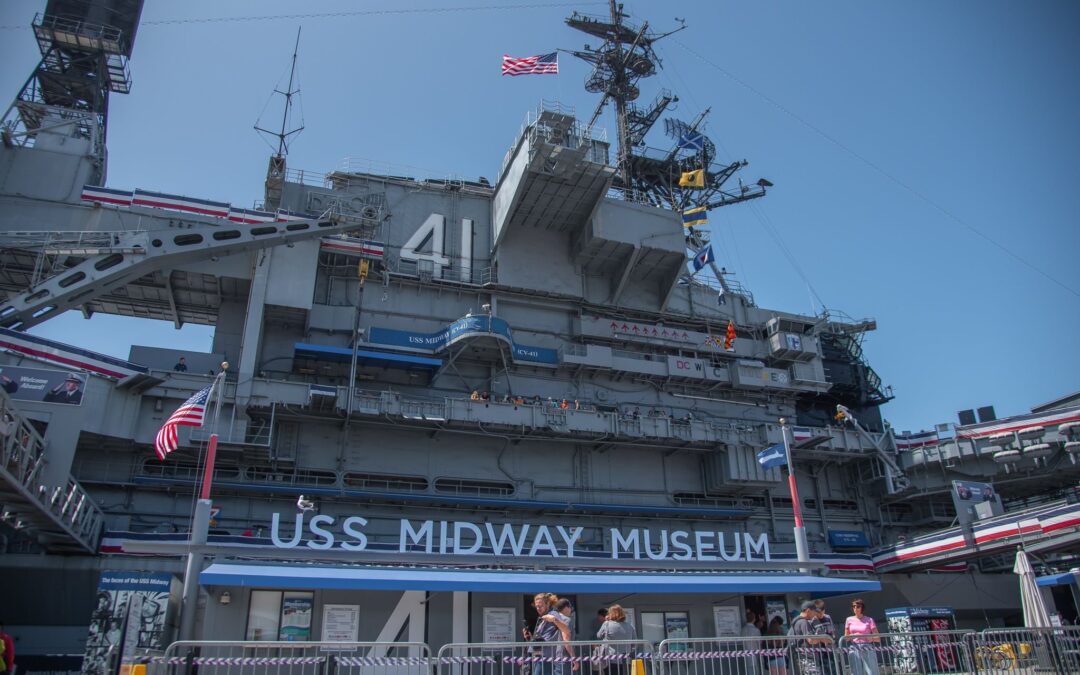As a young man, I had no father figure in my life. My father passed away at the early age of 37 (I was 7 at the time). As I was entering my teenage years, my mother dated a retired Air Force Colonel who got me thinking about joining the military. I joined the ROTC Corps in high school and was mentored by a World War II veteran and a Viet Nam veteran, both retired Master Sergeants.
During my senior year in high school, my mother married the man who I consider to be my father. He pushed for me to continue my education in college. With his help, I got through college in only four and a half years. William “Chile” Childers assisted in putting my gold bars on and received my first salute. In exchange, he got a 1932 silver dollar from me.
In essence, it was not one person that influenced my decision to enter the service, It was a host of people. My high school instructors, a retired Air Force Colonel (Robert Hull) and my dad. All were equally responsible for my career.
